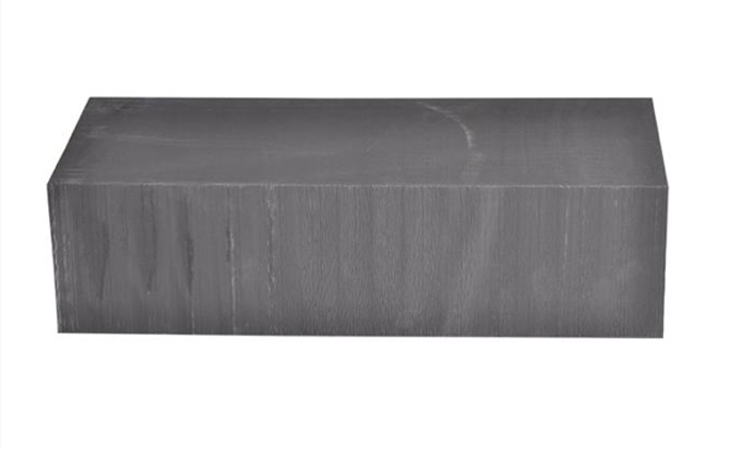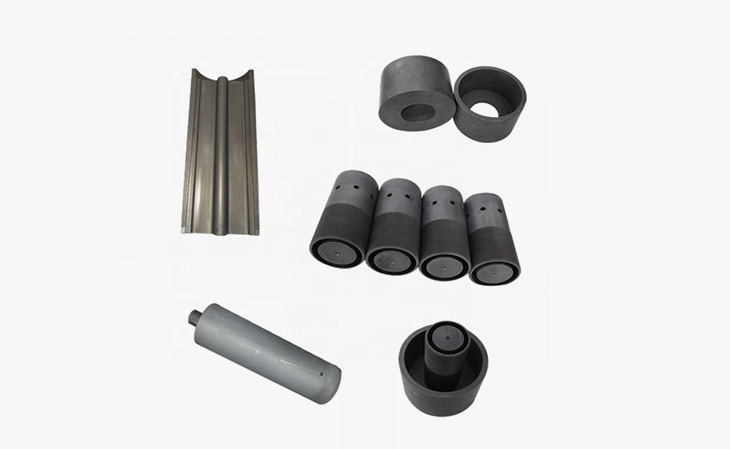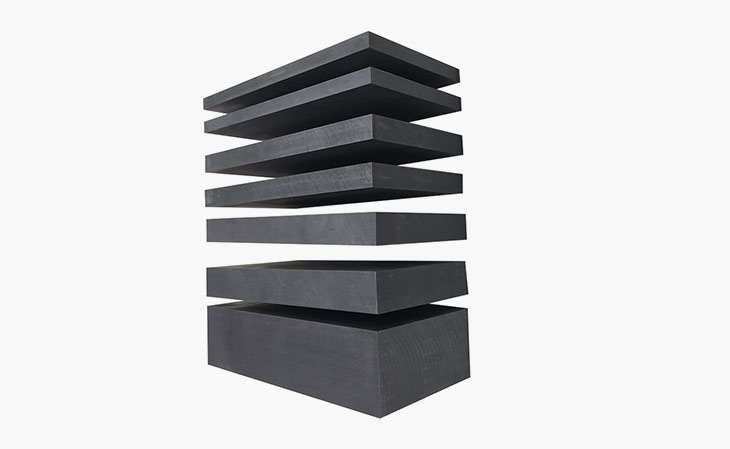Graphite is one of the hardest materials in the world and has a variety of industrial applications, from #2 pencils to EDM gears. Graphite has become one of the most common industrial materials in factories and other heavy machinery due to its strength and durability, surpassing basic steel and other carbon composites. However, graphite cannot be used for any industrial applications in its original state. Graphite must be machined to be used. Graphite machining is a technique of cutting or shaping graphite material to fit various applications and purposes. Due to its almost impossible-to-cut nature and ability to dull most metals, the use of diamond and hard alloy tools is essential. However, due to its strength, graphite provides many advantages. This material is very sturdy, does not rust or decompose, and can be used as a natural lubricant for bearings and other machine parts. This reduces the cost of other oils and lubricants. Let WH graphite rod exporter share with you.
I. Introduction to Graphite Rods
Rods are thin straight rods made of plastic, metal, ceramics, or organic substances. Their construction is relatively simple and can provide a variety of functions depending on their composition and size. As one type of rod, graphite rods are made of machined graphite or graphite compounds. They are known for their excellent thermal shock resistance, heat resistance, high corrosion resistance, non-reactivity, and good aging ability (because graphite is a non-fatiguing material).
II. The Role of Graphite Rods
The manufacturing method of graphite rods is determined based on the specific application requirements of using graphite rods. Similarly, the type of graphite used during the graphite rod forming process depends on the application's needs. For example, most graphite rods are made of finer-grain graphite, which provides better surface smoothness for the rod. When a smooth finish or surface is not needed, coarse-grain and/or high-density graphite raw materials can be used. Due to its strength and durability, graphite rods can be used as expanding tools. Due to the same properties, it can also be used as a supporting position. In laboratories, graphite rods for electrolysis serve as electrodes and stir bars. Other common uses are as anodes and DCFC fuels. Other functions are recreational.
III. Factors to Consider When Choosing Graphite Rods
When purchasing graphite rods, both customers and manufacturers must check several key variables to ensure that graphite is the correct material to complete the task. Considerations include the expected time exposed to weather factors, the types of weather factors expected, the expected time exposed to overheating, the intended use, the expected tension or stress level, and the required rod size.
 English
English








